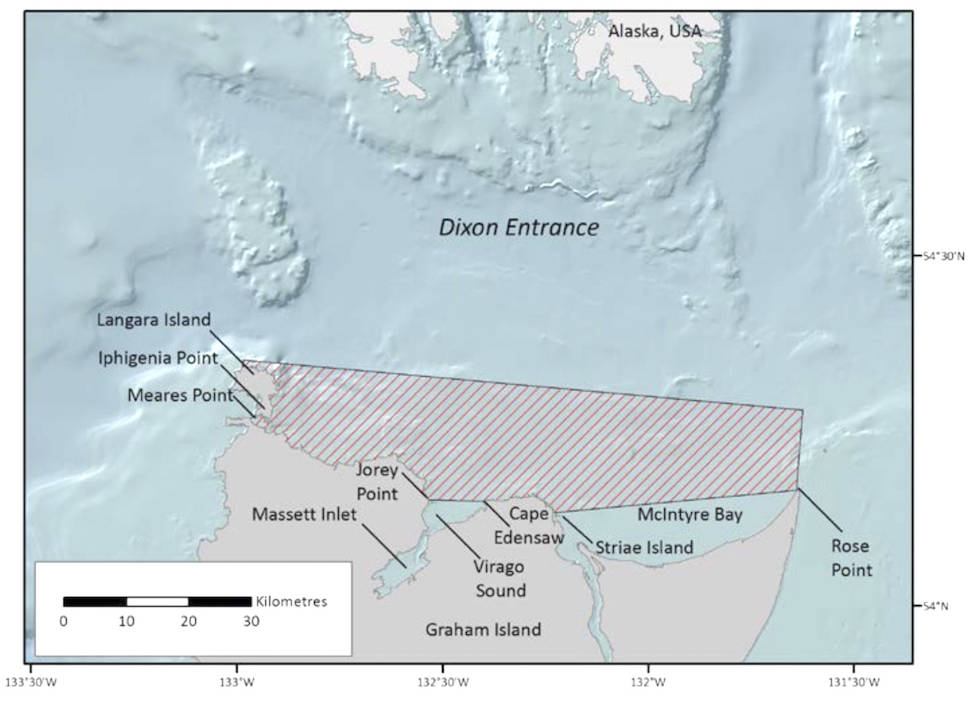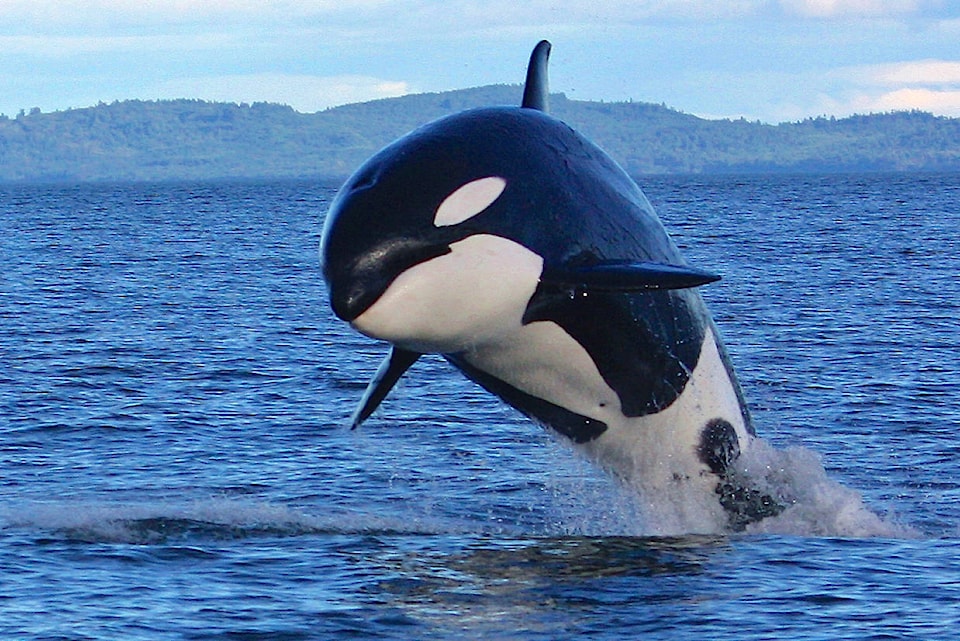Orca know it, and now the DFO does, too — northern resident killer whales need the fishing grounds north of Graham Island to survive.
Jonathan Wilkinson, the minister of Fisheries and Oceans Canada (DFO), made it official on Wednesday, Dec. 19.
A 1,394 km2 area north of Haida Gwaii is now protected as “critical habitat” under Canada’s species-at-risk law.
It means the DFO can take extra measures to protect the area, starting with steps to avoid the three key threats to northern resident killer whales: lack of Chinook salmon, shipping noise, and pollution.
Sport fishers and Masset village councillors already expressed concerns about the change when it was first proposed in August, worried that it may hurt the several fishing lodges and chartered fishing companies in northern Haida Gwaii, as well as summer flights to and from Masset Airport.
“We will work to address concerns expressed by some coastal communities regarding potential economic impacts,” said a ministry press release, which noted that the DFO is consulting stakeholders and Indigenous groups as it considers fisheries decisions and the creation of whale sanctuaries. The legal change does not mean there will be automatic fishery closures.
Besides the waters north of Haida Gwaii, last week’s announcement also protected a new area southwest of Vancouver Island for the more critically threatened population of southern resident killer whales. The new southern zone includes the Swiftsure and La Pérouse Banks.
Altogether, there are now four critical habitat zones for resident killer whales off the B.C. coast — the Johnstone Strait and part of the Queen Charlotte Strait have been protected since 2009.
Of the two northern zones, scientists found there is none more critical than the Chinook-rich waters north of Haida Gwaii, especially in winter and spring.
“There is no other known area within the range of the population that is frequented as often, and as regularly, by northern resident killer whale groups as western Dixon Entrance,” said a DFO science advisory report based on recent whale-sighting surveys and underwater call recordings.
The protected waters stretch from the north end of Graham Island to a depth of about 200 metres — the northern boundary of the zone extends from the tip of Langara Island to a point about 13 km north of Rose Spit.
The zone excludes the waters of Naden Harbour, Masset Inlet, and McInyre Bay.
In 2017, the DFO counted 309 northern resident killer whales, including 10 calves — a population more than double the 120 recorded in the 1970s when the surveys began.
But the northern residents’ otherwise steady recovery did drop in late 1990s, during years of low Chinook returns. They remain a “threatened” species under Canada’s Species at Risk Act.
While Haida Gwaii may be their favourite fishing spot, pods of northern resident killer whales have been seen from Glacier Bay, Alaska down to the Washington coast.

